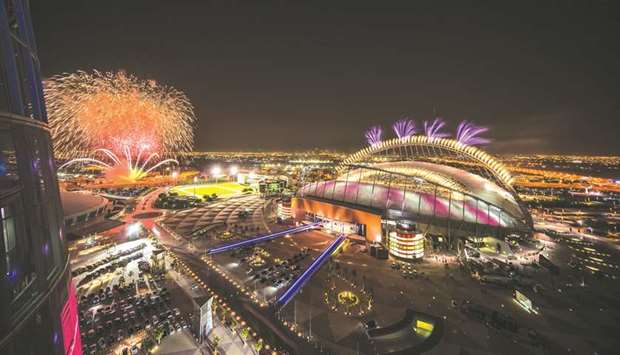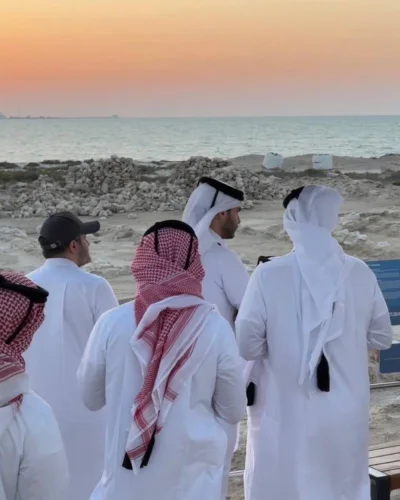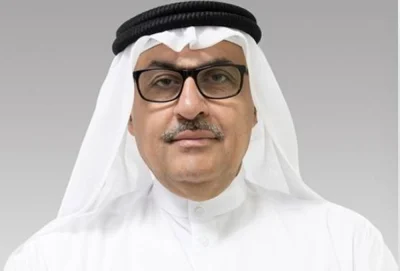At
the heart of the 2022 FIFA World Cup will be the magnificent stadiums –
and 2017 was another year of incredible progress. Over the past 12
months the first 2022 FIFA World Cup stadium to be completed opened its
doors to the public, another two designs were revealed and visible
advancements were made at every site. Here we take a look at the
progress made at every proposed venue over the past year.
Khalifa
International Stadium became the first proposed 2022 FIFA World Cup
tournament venue to open in May last year. The 40,000 capacity stadium
was officially opened by His Highness the Emir Sheikh Tamim bin Hamad
al-Thani, ahead of the Emir Cup final between Al Sadd and Al Rayyan.
Sadd rallied from a goal down to win 2-1 in an exciting final, which was
watched by a capacity crowd close to 48,000 and guests and included the
FIFA President Gianni Infantino as one of the guests.
Also in 2017,
the stadium became the first venue in the world to officially receive
the 4-star Global Sustainability Assessment System certification. The
stadium, which will host matches up to the quarter-finals stage in 2022,
is currently being prepared to host the 2019 World Athletics
Championships.
Work at Al Wakrah Stadium, which was designed by the
late Zaha Hadid, continues apace. Bespoke roof pillars have been
installed, while concrete pouring has been completed. The 40,000
capacity stadium, which will host matches up to the quarter-finals stage
in 2022, is due to open this year.
The roof is currently being
installed at Al Bayt Stadium-Al Khor City – a 60,000 capacity venue
which will host matches up to the semi-finals stage in 2022. The stadium
also reached a sustainability milestone in 2017 after receiving top
marks in the Global Sustainability Assessment System’s culture and
heritage section. Al Bayt Stadium-Al Khor City is due to be completed by
the end of 2018.
Workers at the Al Rayyan Stadium construction site
recently reached 5 million man hours without suffering a lost-time
accident. Also in 2017, the stadium seating design was revealed.
Meanwhile, on-site, sub and substructure works are in progress and
precinct infrastructure works have begun. Due to be completed in 2019,
the 40,000 capacity venue will host matches up to the quarter-finals
stage in 2022.
Progress continues to be made at our ‘Diamond in the
Desert’ – Qatar Foundation Stadium. More than 80% of concrete has been
poured at the construction site in Education City. Within the precinct,
the golf course has been completed and is due to open in 2019. Designed
by Fenwick Iribarren Architects, Qatar Foundation will have a capacity
of 40,000 and host matches up to the quarter-finals stage in 2022.
The
proposed design for Al Thumama Stadium was revealed in August. Inspired
by the gahfiya headdress worn by men across the region, the design has
captured the imagination of millions. Due to open in 2020, Al Thumama
Stadium will have a capacity of 40,000 and host matches up to the
quarter-finals stage.
The innovative design for Ras Abu Aboud
Stadium, the first fully demountable FIFA World Cup tournament venue,
was unveiled in November. Designed by Fenwick Iribarren Architects, this
40,000 capacity stadium will be built using the shipping containers
which transported materials for its construction. Overlooking the
stunning Doha Corniche and West Bay skyline, Ras Abu Aboud Stadium will
host matches up to the quarter-finals stage in 2022.
Early works are
continuing at the Lusail Stadium site, 15km north of Doha. Earlier this
year it was announced that a Qatar-China joint venture (HBK Contracting
Company and China Railway Construction Corporation) had been chosen as
the main contractor for the stadium. Due to open in 2020, Lusail Stadium
will host the 2022 FIFA World Cup final, opening game and matches
throughout the tournament. The design for Lusail Stadium is due to be
unveiled in early 2018. (SC.qa)

The 40,000 capacity Khalifa International Stadium became the first proposed 2022 FIFA World Cup tournament venue to open in May last year.


